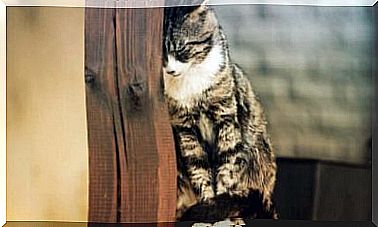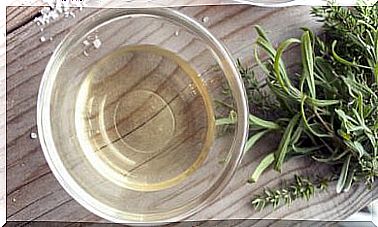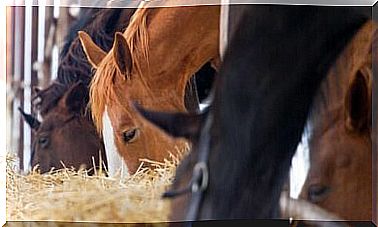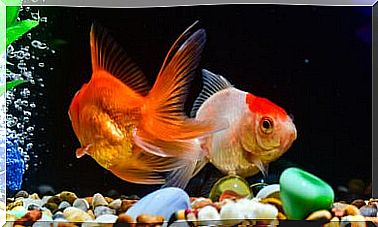10 Animals That Eat Carrion
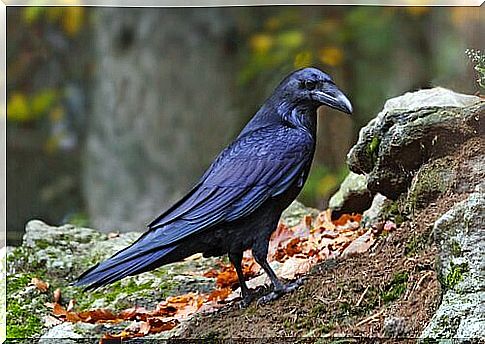
Also called necrophages , animals that eat carrion are characterized by the fact that they love to feed on carcasses, without participating in the hunt or contributing to the killing of the prey. This means that they play an important role in the ecosystem, as they eliminate organic remains before they decompose.
In this article we will help you to get to know these animals, real scavengers of the Animal Kingdom.
Types of animals that eat carrion
Necrophagous animals consume decaying biomass, killed or injured specimens, and even dead of natural causes. Although it doesn’t look like it, they play a very important role in the ecosystem, as they keep it free from the toxic substances that appear with decomposition. In this article, we will look at 10 animals that feed on carrion:
1. Common raven
This species of corvids , the largest belonging to this family, has a thick beak that serves to tear the flesh of its prey and is considered one of the greatest “opportunists” in the animal kingdom. It feeds on what others leave behind.
For example, if you live in urban areas, you will find it near trash cans or landfills. If its habitat is around cities, the common crow’s diet often relies on animals that have been hit by vehicles. In other areas, such as the Alaskan tundra, it will eat caribou or bird remains.
2. Vulture
These birds of prey feed on dead animals, in most cases, but in the absence of them they can also decide to hunt them. They locate food thanks to their powerful sight, which allows them to see carrion several kilometers away, in open fields or non-wooded areas.
When they notice the remains of an animal, they can get quite aggressive with other necrophagous animals who want to snatch their booty from under their beak. They use legs and beaks in a surgical way, to tear tendons and flesh from the carcass bones.
3. Hyenas
Together with the vulture, these are probably the most famous among the animals that eat carrion. They live in Africa and can also be skilled hunters, it all depends on the situation. The hyena consumes various parts of the corpse, with the exception of the hairs, hooves and horns, as it cannot digest them properly.

4. Remore
There are also sea sweepers, did you know? Remore is a fish that swims under the back of sharks to take advantage of the remains of their meals. Thanks to this trick, they manage to escape from countless predators, since no one will ever get close to any shark. Truly a smart and opportunistic animal like few others.
5. Jackal
Here is another of the animals that eat carrion which, however, can also become a hunter depending on the situation. The jackal is an animal with nocturnal and omnivorous habits, whose diet consists of birds, reptiles, amphibians and small dead mammals. In addition, you are known to look for garbage in the trash.
6. Coyote
A born opportunist who bases his diet on everything available, such as carrion and animal remains. Although it prefers freshly hunted meat, the coyote can feed on the remains of deer, abandoned by larger predators.
7. Tasmanian devil
Small in size and nocturnal, this Australian animal feeds on what it finds and, thanks to its jaws and sharp teeth, can devour prey – which includes bones and skin – in minutes. Sometimes, it can also feed on the corpses of cows and sheep.

8. Hedgehog
This is also one of the most famous necrophagous animals. He wanders around at night and takes advantage of everything in his path: earthworms, snails, caterpillars, beetles, mushrooms and fruit. As you can see, this is a very varied diet.
The hedgehog does not hunt, but finds its food by sniffing the ground. It usually consumes animal remains before hibernation, when it has to accumulate as much fat as possible to endure many months without eating.
9. Crab
This crustacean eats any type of fish, as well as starfish, snails or sea urchins. It can also base its diet on eggs of other species and on any dead organism that “falls” to the bottom of the sea.
10. Necrophage cockroach
This scavenger insect belongs to the Silphidae family (in turn divided into Silphinae and Nicrophorinae ). It has the appearance of a beetle measuring no more than 40 millimeters and feeds on decaying animal carcasses. Sometimes, it buries dead invertebrates to conserve them and thereby feed the offspring.

